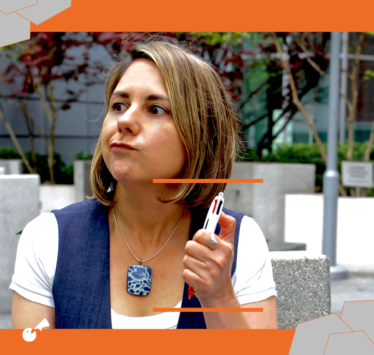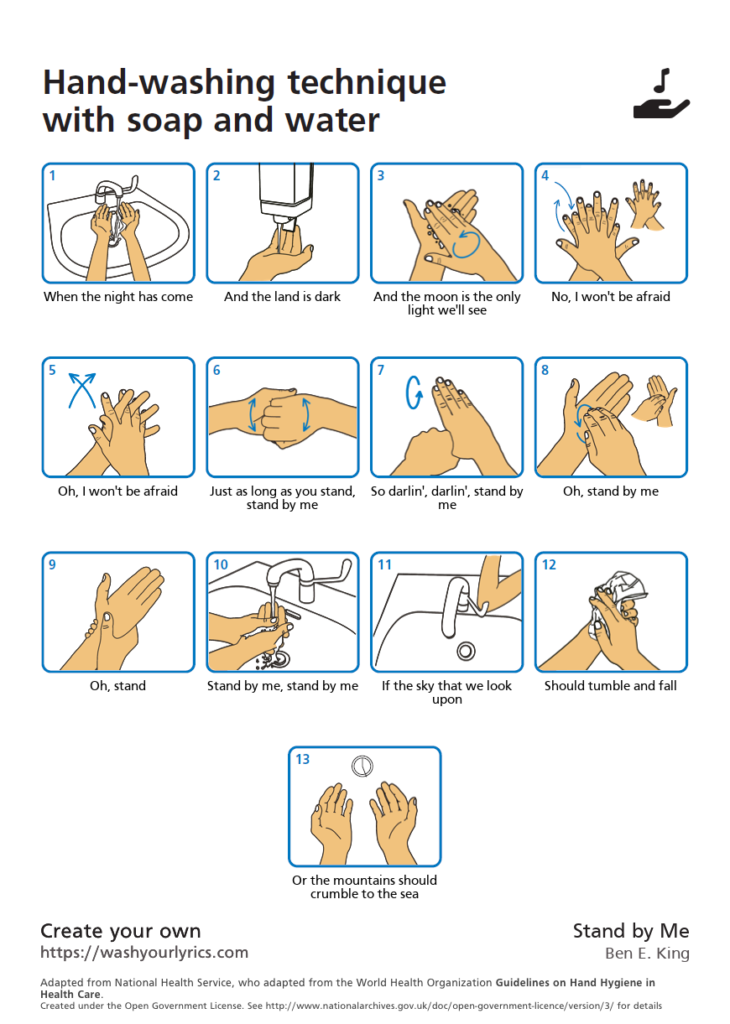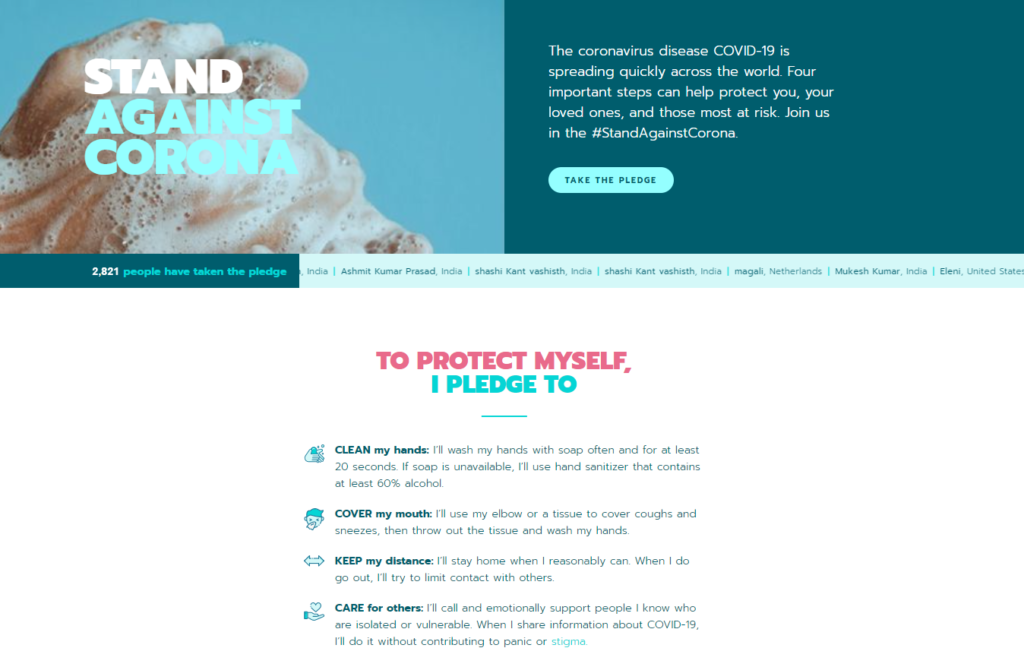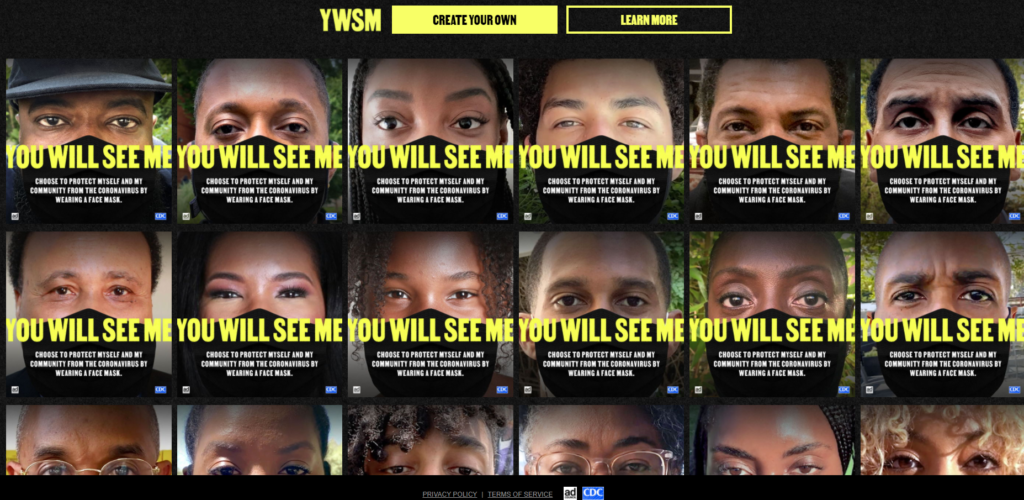
Pandemic Musings (part 2 of 2)
Pandemic Musings (part 2 of 2)
Last week I kicked off this series with pandemusing #1: Humans are terrible at determining distance.
This article features my other 3 musings all together.
To set expectations: these are not as fun as the previous one, but I do hope they spark some of your own musings as well.
Musing #2: Behavior change fatigue impacts everyone
We see how individuals are relaxing their covid protection protocols and letting their guard down as time wears on. Although it’s frustrating to see, it’s also understandable – they’re tired of the rules and restrictions.
I’ve noticed that change-makers are tired, too.
When prevention measures first went into effect last year, there were fabulous initiatives launched to encourage adoption of these new behaviors.
We made handwashing fun:
We created pledges and commitments asking people to do their part to protect themselves and others:
And we shared social proof of people wearing masks to show that it’s common, safe, and socially acceptable:
I could feel the excitement, enthusiasm, and momentum behind these campaigns.
But at some point it seemed all that energy and commitment to creating new norms just faded into the night. What happened?
Did we feel it wasn’t working?
Did the funds run out?
Did we lose interest?
Did we feel it was a hopeless cause?
It’s concerning because once the communication efforts fade, then so will the behaviors. Especially when we haven’t properly locked-in those behaviors in the first place.
How do we keep our resilience strong when it feels like there’s a long and unknown road ahead, and when it feels like the efforts haven’t worked yet?
How do we push beyond the fun of starting a new behavior, and launching a new campaign, into the harder parts of sustaining and evolving it?
My take-away: In these long-haul behavior change efforts, we should anticipate that we’ll get tired, too. Yet, we can’t afford to lose the momentum we’ve started.
This is a good reminder to develop a personal regimen for resilience so we can sustain our efforts and overcome fatigue.
Musing #3: The role local government plays in creating change
There were multiple events in 2020 that made me consider, and even reconsider, the role local government plays in creating change compared to the national government.
In the U.S., I saw how state and county government officials were responsible for setting rules around the pandemic, enacting policies around policing, creating access to voting, and now, organizing vaccine rollouts.
Often I found myself switching from wishing there was top-down standardization across the country to being grateful that local officials can tailor responses based on the needs of their regional communities.
Overall, it prompted me to think about tackling conservation and environmental issues at multiple levels of the political system, and to not forget how much influence state and county-level officials have among the Federal Government and among their own residents.
This is not “new news” for many of you reading this.
I’m reminded of my clients who focus on contacting local representatives to enact change, of the local government focus of Extinction Rebellion, and even of my own work with Municipal Mayors in the Philippines.
So, this musing may be more a reflection of my personal naivete with the political advocacy arm of our work, especially in the U.S., than a new lesson learned.
My take-away: I’m left with questions to explore, rather than a concluding thought: How does change and influence tend to flow among these various layers within a political system (upwards, downwards, both)? How does this differ across contexts?
This musing is also a helpful reminder for me to pay close attention to local elections, as change is possible (and needed) at all levels.
Musing #4: The need for feedback loops to sustain behaviors
Have you ever started the journey of making a personal behavior change (e.g. exercising more often, putting aside money for savings, flossing daily, etc.) and part-way through, wondered if your extra effort was paying off?
There’s usually a point when we feel we’ve put in a good amount of effort to make this change, and we want some proof that it’s working.
Am I getting more fit? Is my savings account growing? Are my teeth and gums healthier?
Feedback loops play a critical role here.
Showing the progress and impact being achieved along the way helps sustain motivation and optimism for doing something new. I wrote about this two years ago in this blog on “knowing when to drop knowledge.”
This has been lacking in most pandemic communication I’ve seen.
Occasionally, we hear that our lockdown, masking, and distancing efforts are working to reduce infection rates, but it has not been done consistently or convincingly. I haven’t even heard the term “flatten the curve” in a while.
Receiving personal feedback on the impact of our change efforts is hugely validating. It helps us believe that the energy we’re expending is worth it, and that our individual actions do make a difference.
Without feedback loops, it becomes easier to assume that it doesn’t matter what we do. That there’s no correlation between actions and impacts.
This is likely another reason why we see people relaxing their covid protection protocols.
I expect we’ll start to see more feedback loops with vaccines rolling out to show how getting the shot helps bring the numbers down. Hopefully, those giving out the shots are also providing validation through an awesome after-action moment as well.
My take-away: Fatigue and feedback loops are closely related. We will get tired of doing something new much faster when we don’t see, hear, or feel how it’s making a difference to ourselves or to a larger cause.
It’s worth exploring ways to use this mechanism on an individual and collective level to keep motivation and optimism going for conservation and sustainability efforts.
If you want even more thoughts on Covid-19: Last year I created a few presentations and resources about messaging environmental behaviors during the Covid-19 pandemic. They’re all still available for viewing here.





